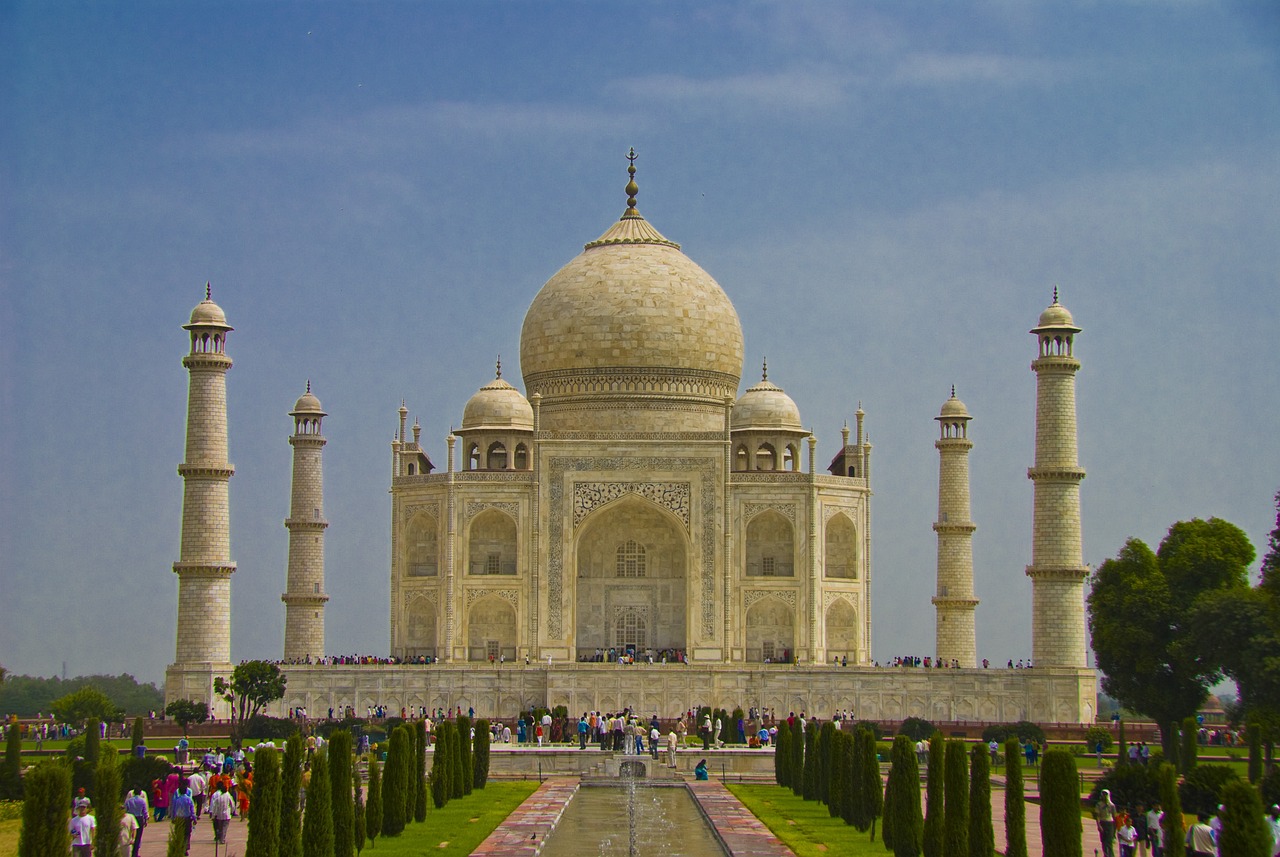The role of political conventions in shaping party platforms
Political conventions have a rich history dating back to the early 19th century in the United States. These conventions were initially organized to select candidates for political office and to promote party unity. Over time, they have evolved to become large-scale events that also showcase the party’s platform and goals.
In the early days of political conventions, delegates from each state would gather to discuss and decide on the party’s nominee for president and vice president. These gatherings were often marked by intense debates and negotiations as factions within the party vied for influence and power. The outcome of these conventions would have far-reaching implications for the party and the country as a whole.
The Evolution of Party Platforms
Party platforms have undergone significant transformations over the course of political history. Originally serving as mere statements of beliefs and goals, party platforms have evolved into sophisticated documents that outline specific policy proposals and positions on a wide range of issues. This evolution reflects the changing landscape of American politics and the growing complexity of governing a diverse nation.
As political parties have adapted to shifting societal norms and economic conditions, their platforms have become increasingly detailed and comprehensive. Modern party platforms not only address traditional topics like taxation and foreign policy but also delve into more nuanced areas such as environmental protection and healthcare reform. This expansion of platform content reflects the parties’ efforts to appeal to a broad spectrum of voters and provide a clear roadmap for governance if elected to office.
What is the purpose of political conventions?
Political conventions are held to officially nominate the party’s candidate for President and Vice President, as well as to adopt the party’s platform and unify the party behind these positions.
How have party platforms evolved over time?
Party platforms have evolved to reflect the changing values and priorities of the party, as well as the evolving political landscape. They have become more detailed and specific in outlining the party’s positions on key issues.
Why is it important to understand the evolution of party platforms?
Understanding the evolution of party platforms can provide insight into the history and development of political parties in the United States, as well as how they have responded to social, economic, and political changes over time.
How do party platforms influence elections?
Party platforms can influence elections by shaping the party’s messaging and policy priorities, as well as by providing a roadmap for the party’s candidates to follow. They can also help to mobilize the party’s base and attract new voters.





